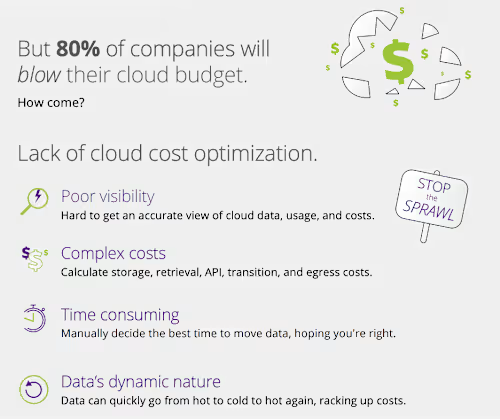
Managing cloud architecture and cost
Starting at
$
40
/hrAbout this service
Summary
FAQs
Do you work for an agency or are you an independent freelancer?
I am an independent freelancer.
Are you certified in any cloud?
I am an AWS Certified Cloud Architect Professional and a GCP Certified Professional Cloud Developer
What's included
Verify and optimise your cloud architecture
As a Certified cloud architect professional, I can develop, evolve, rectify and make your services more efficient for you.
Reduce cost and simplify ongoing operations
I will help your reduce your cloud cost by using industry tested methods.
Recommendations
(5.0)


Client • Jul 19, 2025
Recommended
Chai did a fantastic job helping us migrate our server cluster to AWS in under 24 hours. Highly recommend working with him! He's fast, responsive and skilled.
Recommended
Pleasure to work with again!
Client • Aug 6, 2025


Client • May 12, 2025
Recommended
Chaitanya Tyagi did an excellent job reviewing our setup and provided valuable recommendations to improve stability, cost efficiency, and security. I can fully recommend him!





